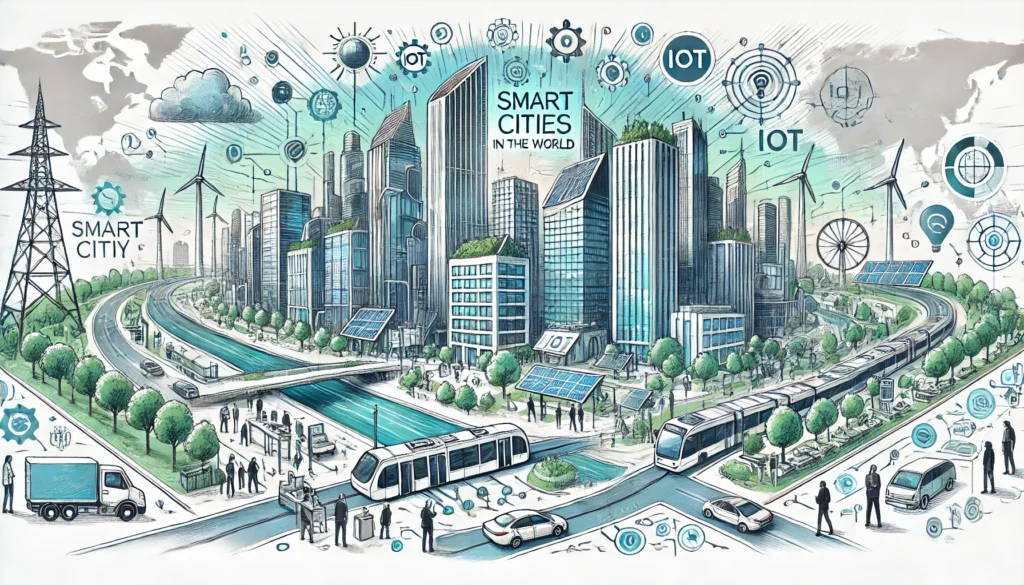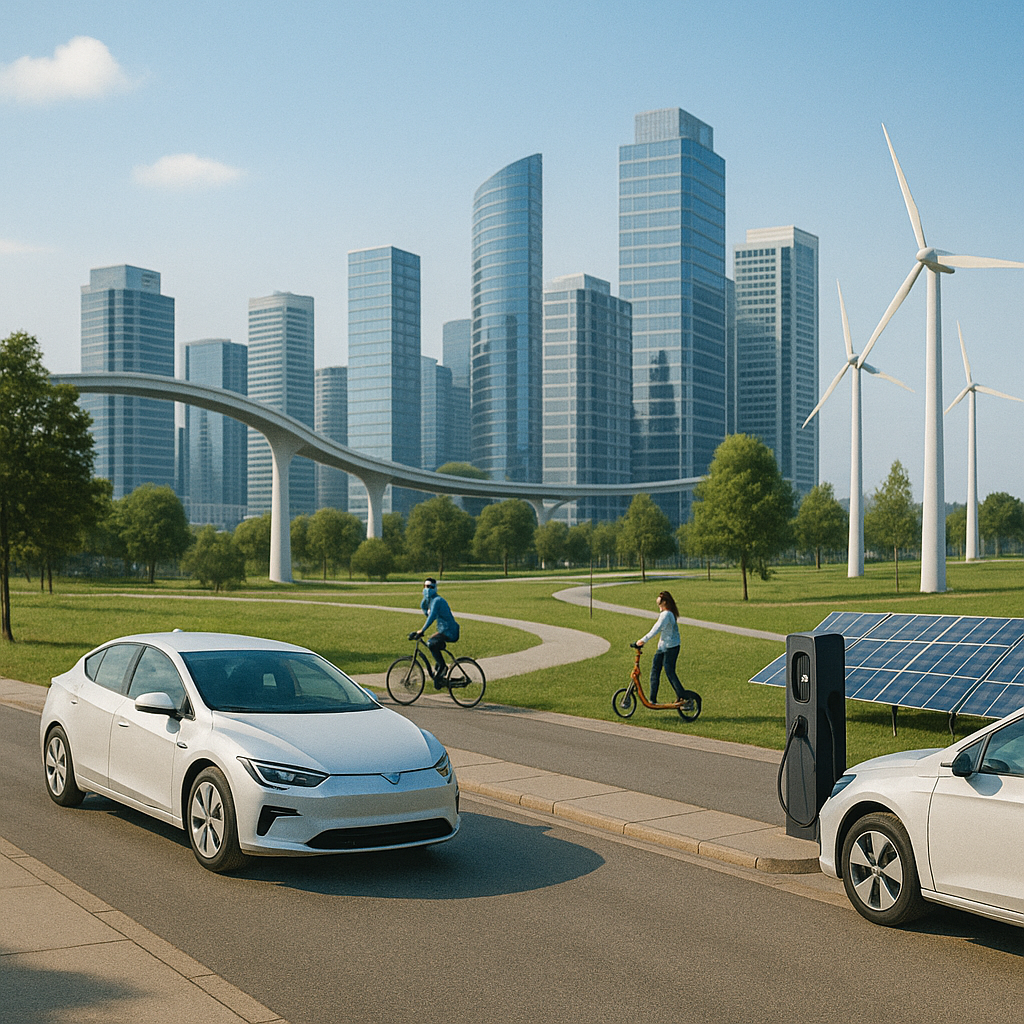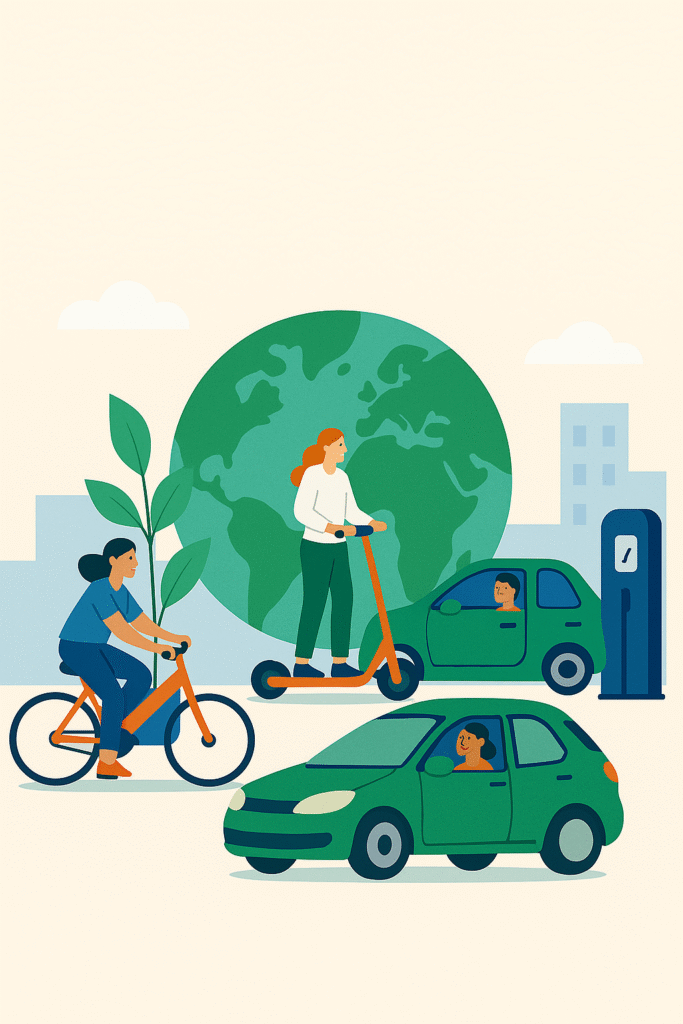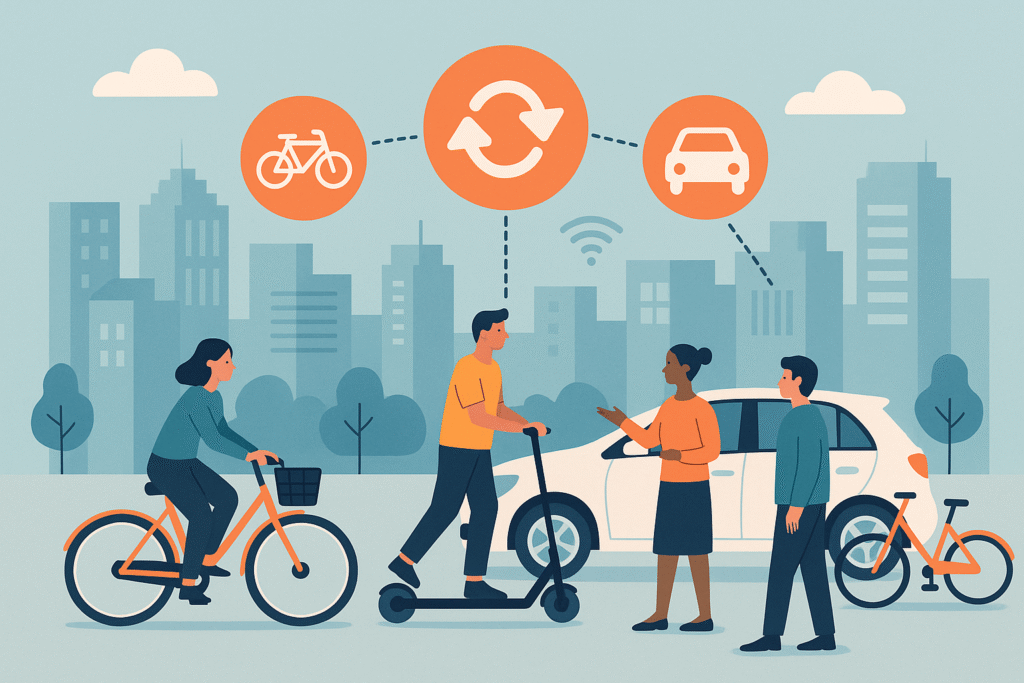As urban populations grow and environmental pressures intensify, cities worldwide are turning to technology for solutions. Canberra, Singapore, and Copenhagen stand out as leaders in the race to develop smart cities, showcasing how innovation can address critical challenges such as traffic congestion, sustainability, and efficient resource management.
These cities demonstrate that smart technologies are not merely tools for modernization but are integral to reshaping urban living. By embedding data-driven systems into their planning strategies, they are creating environments that are not only more connected and efficient but also more resilient and sustainable. Their success illustrates that the future of urban development lies in harmonizing technological innovation with environmental and social priorities.
Smart Urban Transformation in Canberra
As Australia’s capital, Canberra is transforming its urban landscape through the strategic use of smart technologies and data-driven approaches. The city has focused on integrating digital solutions to improve efficiency, streamline services, and foster sustainable urban living. Real-time data plays a crucial role in optimizing traffic flow, resource consumption, and space utilization across Canberra’s busy areas, reducing congestion and carbon emissions.
Canberra’s commitment to sustainability is evident in its use of data analytics to track resource consumption, which helps the city prioritize energy efficiency in public buildings. These efforts aim to create greener urban spaces that support the well-being of residents. Additionally, partnerships with local tech communities have encouraged innovation hubs where smart city solutions are developed and tested—fostering collaboration that directly addresses urban challenges.

Singapore’s Smart Nation Initiative
Singapore stands as a global leader in smart city development, driven by its Smart Nation initiative—a comprehensive framework that integrates sensor networks, data systems, and sustainability goals into urban living. This initiative focuses on efficient governance, environmental stewardship, and enhancing resident experiences.
Singapore’s transportation system is one of the most advanced globally. Using real-time data, sensor networks, and smart traffic management systems, the city has been able to optimize mobility while reducing emissions. These technologies not only improve commuting efficiency but also help anticipate future transportation needs—creating a more sustainable and eco-friendly urban environment.
Data-driven urban management allows city planners to make informed decisions about everything from energy consumption to water usage, ensuring long-term environmental sustainability. Singapore’s smart grids and green building standards showcase the city’s commitment to renewable energy and resource optimization, positioning it as a model for efficient urban processes and environmental impact reduction.
![Singapore | 11x doen in Singapore [+ tips] - Reis-Expert.nl](https://www.reis-expert.nl/wp-content/uploads/2023/03/Singepore.jpg)
Copenhagen’s Path to Carbon Neutrality
Copenhagen is recognized globally for its ambitious goal of achieving carbon neutrality by 2025—an initiative that drives much of its smart city efforts. The city’s smart technologies are deeply integrated into sustainable urban planning, focusing on reducing emissions, optimizing mobility, and creating eco-friendly living environments.
Copenhagen’s transportation networks use real-time data to discourage car usage in favor of cycling and public transport options that run on clean energy. These smart transportation systems help manage traffic flow efficiently, promote active mobility, and reduce carbon footprints across the city.
The city’s district heating systems, powered by renewable energy sources, showcase its energy-efficient infrastructure. Through data-driven urban planning, Copenhagen monitors energy use and analyzes urban development—ensuring sustainable growth without compromising quality of life. These efforts reflect Copenhagen’s commitment to carbon neutrality and environmental sustainability.

Sustainability as a Shared Priority: The Future of Urban Living
Sustainability lies at the heart of the transformative journeys undertaken by Canberra, Singapore, and Copenhagen. Through tailored approaches that prioritize environmental stewardship, these cities have effectively utilized smart technologies to optimize resource use, reduce emissions, and create greener urban landscapes.
What sets these cities apart is their ability to move beyond innovation as a goal in itself, instead leveraging technology to address pressing urban challenges and enhance the quality of life for their residents. Their strategies showcase how data analytics, sensor networks, and real-time resource management can be seamlessly integrated into urban development to achieve long-term sustainability.
For cities aspiring to follow their path, the key takeaway is clear: smart cities are about aligning technology with a vision for sustainable growth. By learning from these examples, urban areas worldwide can embrace practices that not only tackle immediate challenges, such as congestion and resource consumption, but also foster resilience and a greener future for generations to come.





